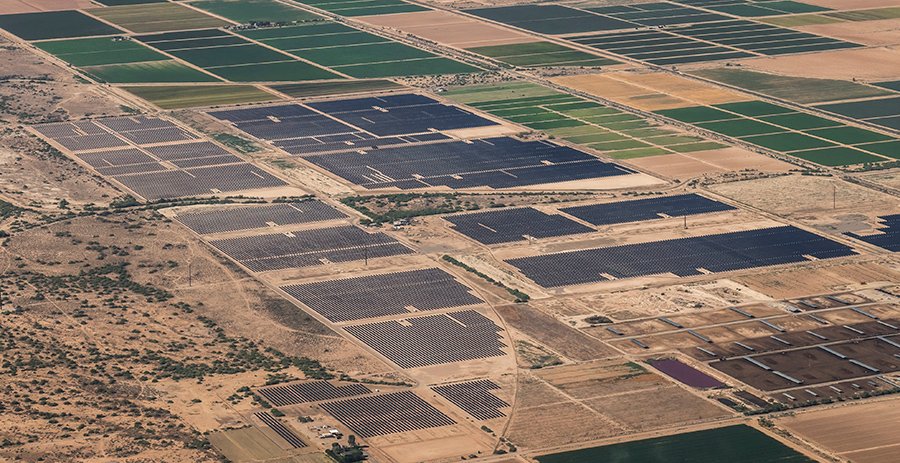arizona
Arizona Urgently Requires Visionary Legislators for Sustainable Land and Water Management

Arizona’s outdated land and water laws are causing concern among experts, especially in light of new legislative proposals. Many of these suggestions lack foresight and do not address the shifting realities of resource management.
Increasing water and energy costs are set to impact traditional agriculture in the desert Southwest. Transferring groundwater rights to developers is not a viable long-term solution. A more sustainable approach is necessary for desert living.
Innovative practices like agrisolar have emerged as a practical solution globally. In regions like Europe and Australia, integrating farmland with solar energy production—referred to as agrivoltaics—has shown to enhance productivity. By providing shade, solar panels reduce evaporative loss, improve energy efficiency, and protect crops from extreme weather. This method allows farmers to generate income from solar energy, even if crop yields are low.
Japan has made significant strides with nearly 2,000 agrisolar systems in place. Meanwhile, U.S. efforts have progressed slowly. However, institutions including universities and the National Renewable Energy Laboratory are evaluating agrivoltaics’ advantages in various climates. For instance, research from the University of Arizona indicates that jalapeno peppers thrive under solar canopies, while tomato yields doubled, alongside greater water efficiency.
The allure of drought-tolerant crops is also growing. Plants equipped with natural defenses against extreme conditions are increasingly sought after for both ecological and economic reasons. Growing interest surrounds crops like guayule, a source of allergen-free natural rubber, as well as other valuable by-products. Additionally, innovations in irrigation systems offer enhanced efficiency, allowing crops like tepary beans, known for their heat resilience, to flourish with minimal water.
Native plants like Palmer saltgrass show promise as a sustainable food source. This hardy grass, which thrives in salty coastal wetlands, might become a significant food crop. Scientists emphasize its potential to contribute positively to the Sonoran Desert’s ecological landscape.
The future of agriculture in Arizona is likely to include cacti and succulents, known for their adaptability to arid climates. Products derived from these plants, such as prickly-pear fruit and various derivatives, have potential commercial appeal. Market predictions suggest that cacti could emerge as a crucial cash crop, particularly as initiatives to repurpose retired farmland continue.
The current push for unrestricted growth by developers necessitates a reassessment of priorities. Governor Katie Hobbs is recognized for her efforts to safeguard Arizona’s sustainable water resources by vetoing potentially harmful legislation.
With around 86% of the population residing in the Sonoran Desert, careful planning is essential. An example is the Gila River Indian Community’s recent solar-over-canals project, which utilizes federal funding to reduce water loss while enhancing solar energy production. This initiative exemplifies the double benefits of innovative resource management.
Thomas Wiewandt is a field ecologist and educational media producer, holding an MS in Zoology from the University of Arizona and a PhD in Ecology & Evolutionary Biology from Cornell University.


















